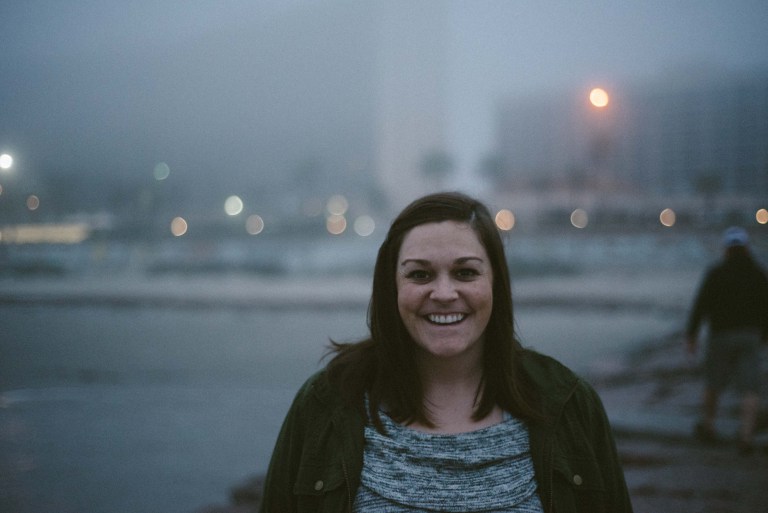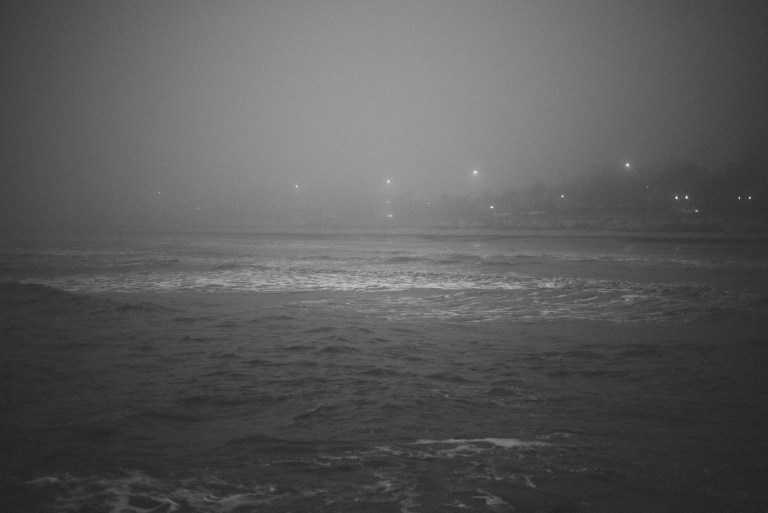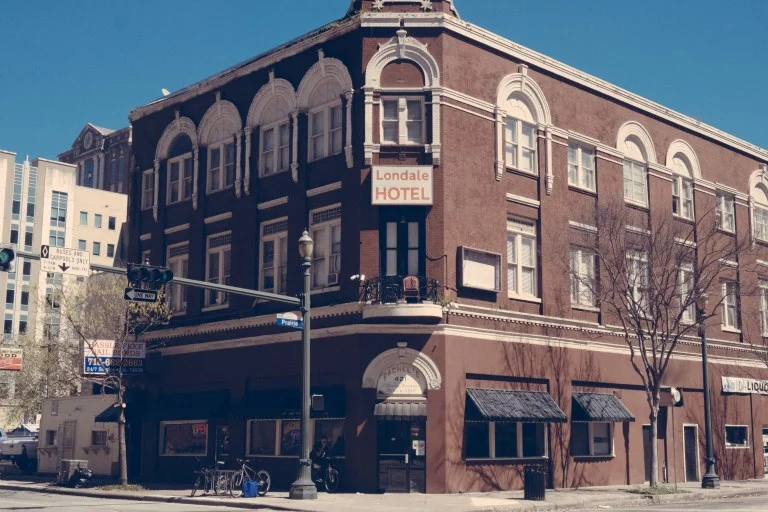You don't make a photograph just with a camera. You bring to the act of photography all the pictures you have seen, the books you have read, the music you have heard, the people you have loved. ― Ansel Adams
There's a tendency in travel film and photography today to bend towards sweeping and epic drone shots. Not only do they convey a sense of awe and beauty, they help establish the area and give a bird's-eye view of the destination. The problem I have with drone photography and videography is that it generally takes the user and audience out of the frame. The big, sweeping shots set up lots of space but without a good subject (Iceland and a few other rugged destinations come to mind) the shots tend to all blend together.
In his short film above, filmmaker and photographer Fabien Ecochard takes the time to blend into the people of Nice and use his camera to frame some immensely beautiful shots. By staying close to his subjects, Ecochard keeps you glued to the everyday activities in the seaside town in the south of France. Watching a man paint a sign never looked so cinematic and real.
Film as Humanity
Don't get me wrong, drone footage has some amazing uses in film and photography. I just think that a lot of times it gets relied on too heavily, pulling you up from the world of the film with it. The images that we see in Ecochard's film "Nicely" ground us in the every day, the mundane.
At 1:08 we see a girl sitting on the beach as a boat bobs in the waves in front of her. There's a simplicity in the framing. The calmness is a lesson in framing the right situation to convey emotion. There's hardly any camera movement in the first two minutes. The subjects keep the action flowing and their humanity keeps the images interesting. I'm particularly struck by the little girl curling her hair around her ears at 1:38. She seems as if she has no cares in the world. Isn't that what escaping to a beach town should be like?
A Lesson In Timing
The image at 0:55 of the plane flying above the market, as seen from a car's side mirror is almost genius and no doubt took a small miracle of timing. That dedication to staying in one place and being among the subject serves as a testament to persistence. You won't always get that amazing of a shot, but the more time you invest, the more opportunities you will be afforded.
Drone photography can create some brilliant images, just look at this example from "Icarus" by Vadim Sherbakov, but when relied upon too heavily, it can become a crutch. Maybe I'm just more partial to people than landscapes. I like to feel humanity in my images. Find a balance and you may just create some of your most beautiful images.
To learn more about framing, take a look at this short on center framing featuring the films of Wes Anderson. Rule of thirds be damned.





















